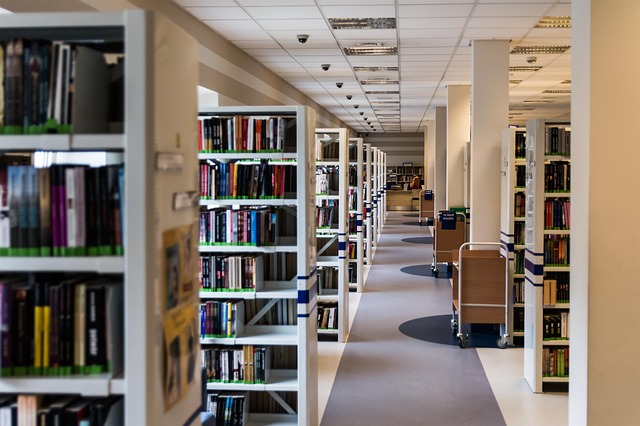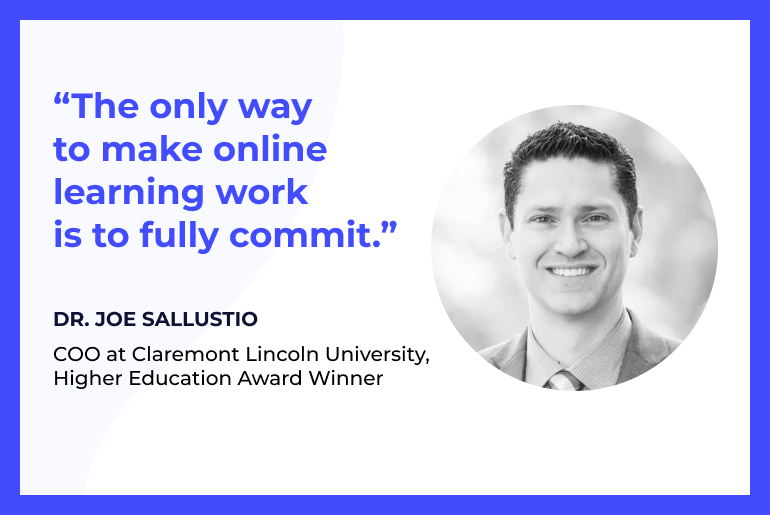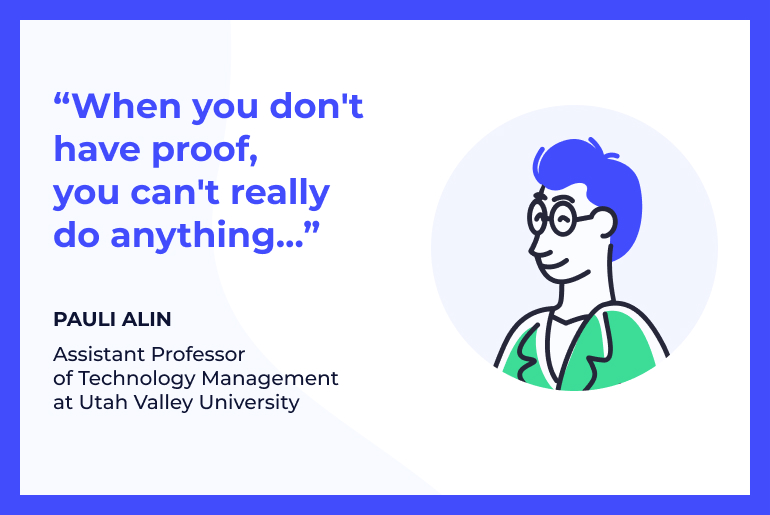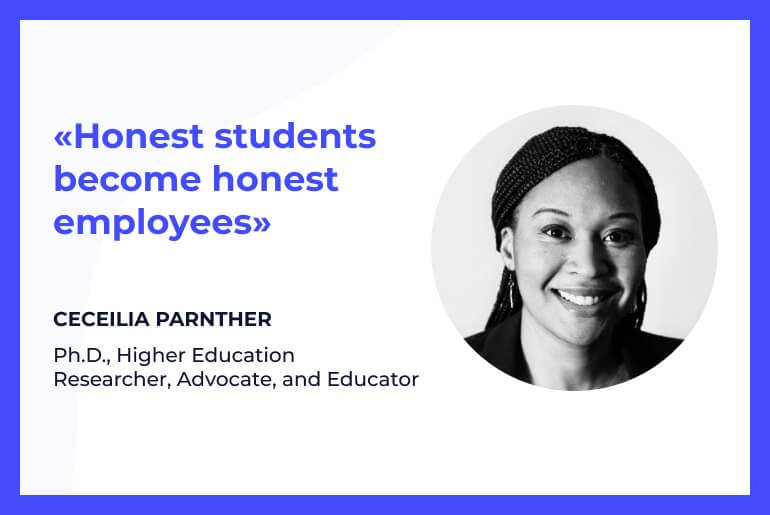There are hundreds of quotes signifying the difference between plagiarism and research. The gist of everyone’s thoughts on the matter boils down to this – it’s plagiarism if you use one source for your point of view within your academic paper, but it is considered research if you use more than one source to cover the topic. Of course, there are times when that train of thought might not hold up when writing academic papers.
[Tweet “#Technology is a curse and a blessing when it comes to #education”]
Professors have come to realize that what use to take a student hundreds of hours in a library to research can now be done in a matter of a few hours on the internet. That is a blessing.
Of course, it’s also simple for the student to copy and paste the material directly into their academic paper too. That’s a curse since this can lead to plagiarism. Plagiarism simply is copying someone else’s work and not giving the author the proper credit. Find out who invented copy and paste command.
But does surfing the internet constitute research?
By the true definition of the word “research” – yes. “Research” is defined as “investigating a subject.” It’s as simple and as complex as that definition. It’s simple because any digging into the subject in any form is considered research. On the other hand, it’s that complex because the forms of “investigating” cover a wide range of avenues from reading books on the topic to actually getting on a plane and flying around the world interviewing subject matter experts. Your research can be in the form of “YouTube” videos or it can be information gleaned from blogs that cover the topic. If statistical data is needed your research could have you digging through government statistics or performing your own survey.
The type of research utilized depends on instructions given by the teacher and the type of paper being written. Since the two words “research” and “plagiarism” carry different meanings depending on who you ask – it is wise for instructors to give their own definitions of the words when handing out their assignments.
An instructor’s definition of research could limit a student to hardback books or one set of books on a given topic. Others might not allow Wiki notes or any “YouTube” videos. Depending on the topic being investigated, there are some professors who limit their student’s research to a specific time frame – as an example — information that was not available before the 18th Century cannot be used for your research paper on dietary laws during the time of Samuel Johnson, an often quoted individual of that time.
Technology plays an important role when researching with such restrictions. Books from that time frame are few and not every university has access to such literature. But, almost everyone has access to the internet. Technology opens the door to research that would have been extremely difficult 30 years ago. With a quick internet search you are overwhelmed with data concerning dietary laws of Europe, Jews, France, Colonial America, etc.
Realizing the research tools that are available to students today, instructors must ensure their instructions are specific so a student knows the direction of their research paper and is not tempted to plagiarize material. Instructors must define to their students what constitutes research and proper citation. In a classroom discussing 18th Century life it probably would be common knowledge that desserts consisted of foods that could be eaten with fingers so this information would not need to be cited. But if desserts consisting of finger-foods in the 18th Century were being discussed in a medical class, this type of information would need to be properly cited to avoid plagiarism accusations.
Of course, access to so much information is a curse for students too. There’s the difficulty of knowing which source is reliable and which is a bunch of hot air. There’s also the dilemma of having a website page up when you perform your research but then the page being removed by the time you turn in your assignment. There’s also the problem of sometimes not having an author’s name on an article – only the web address. These types of issues must be addressed with the instructor to avoid plagiarism accusations.
For instructors, there’s also the curse of verifying so much information being turned in by the students. Is it their own work or has it been copied and pasted? Did they use their own words? Is all the information reliable or is the majority of their thesis someone’s unverified opinion on a given topic?
There are two simple answers to all those questions:
- utilize a plagiarism checker online free
- give your students specific instructions of what constitutes reliable research.
Read our guest post on Learn2Earn to discover 5 research-paper tools for you and your students.





